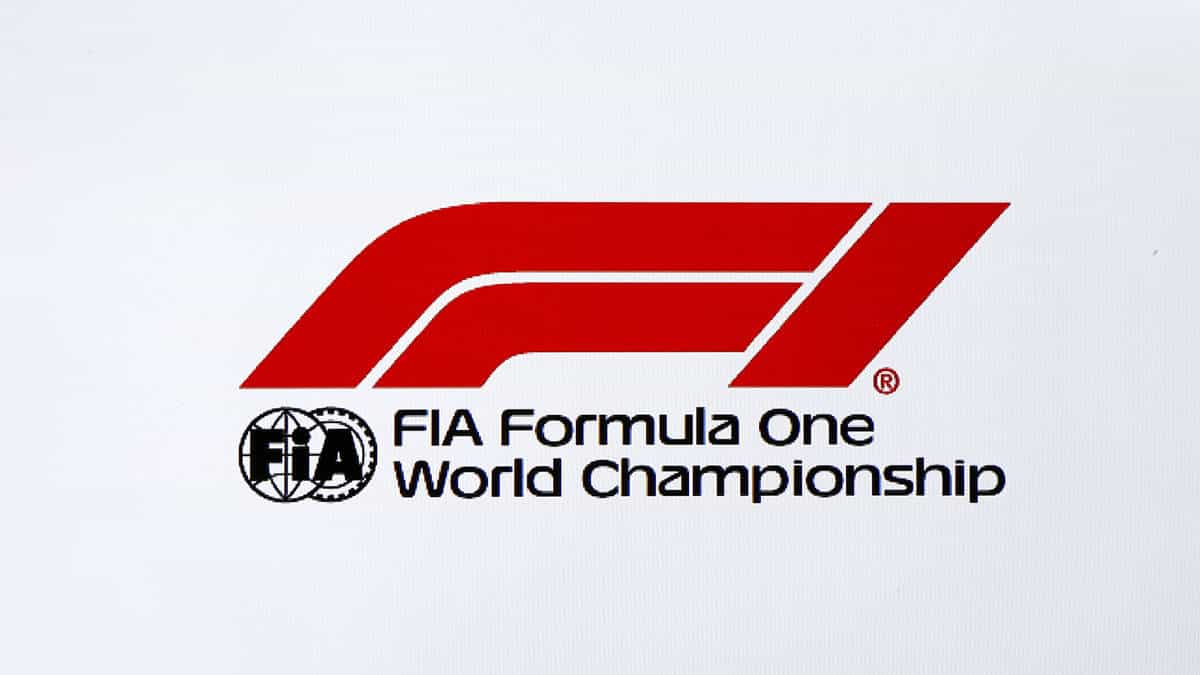F1. It was running the great risk of being heavily compromised in the era of Turbo powered engines. The stakes were huge, quite huge, akin to a Nico Rosberg running the risk of being passed by Hamilton in 2016 rankings. Fans wanted something different. Evergreen fans, desiring the rasp, shrill sound of the engines- to them, music to ears- were hounded by the subdued echoing from the V6 Turbo engines. The madness was missing, everyone felt.

Moreover, there was an ownership change on the cards and finally with the Liberty Media Group taking over the proceedings, things changed. And today, we can say with the second season following the pulsating 2017 run- marking a titanic duel between Vettel and Hamilton- familiar scenes have resurfaced. We are increasingly seeing more overtaking. In 2016- did you hear anyone brand Daniel Ricciardo as the master of late braking? With some sweltering moves in the street circuit of Azerbaijan and with the desert oasis of Bahrain in the backdrop- the ‘honey badger’ emerged and big.
Verstappen, his Red Bull teammate made some dynamite moves toward the closing stages of the 2016 season producing an epic Brazil drive under the wet weather. Comparisons with the great ace Senna were everywhere. And even now, well after 40 races, fans, rightfully so, demand more and more breathtaking performances from these new-age cars, functioning in a newer dynamic that sides with so much of technology. As a result and it’s not hard to understand why- for the sport has to constantly reach new boundaries and limits- F1 cars are set to undergo a new development. This will be marked with an ambition to make them more faster and feistier. F1 would be bland with limited overtaking. Cars that can warrant a greater straight line speed and aid drivers to constantly exert pressure over the others is the current window for a newfound development plan that where news stands, is underway.

Surely the 2017 season in entirety and the four races we’ve had thus far have been peppered with the excitement that hitherto only belonged to the Mercedes garage, circa- the car and driver line-up from 2013-15. Back then, the biggest gainers were the familiar figures of Lewis Hamilton. Now suddenly, Ferrari and Red Bulls are in business. In Azerbaijan’s Baku street circuit, for the first time a Williams’- one of the somnolent forces in F1 contingent- secured a debut podium when Lance Stroll won a race in itself, standing P3 in the Eurasian heartland. A Nico Hulkenberg and Carlos Sainz Jr. backed resistance seems to be on the cards with Renault working up a smoother, more potent engine. Lest it be forgotten that a week back at Baku, had the former not had retired, a finish inside Top Five was on the cards. So this is surely an era where overtaking bolstered by reinvigorated power units is firmly underway. But then F1 knows it has to improve and increase the prospect of palpitating hearts and mouth-watering prospects by only producing beastly machines.
And right in here there’s reason to believe that given an improvement is visible, a lot more can be done. You believe this instantly when someone like a Lewis Hamilton offers his piece of mind on the issue. Suffering an ordinary Australian Grand Prix- always the season-opener for F1- where Vettel reigned supreme, doing a repeat of his 2017 effort, a displeased Hamilton offered his view. “I could’t for the life of me, with all the tools and machinery at disposal, fight for a position.” You understand this isn’t a lame rhetoric, rather something evident of our times. Ferrari’s surge into ascendency from a position of relative obscurity has shocked Mercedes a bit. Even as from the perspective of the competition this is a great change as hitherto, we’d only been seeing a single team wining it all.

But fans would definitely love nothing better than a three-way or maybe, a four-way fight to the front- with the likes of a Williams, Red Bull cohesively joining the run for the glory at the checkered flag. Ross Brawn- the current sporting directors- expects a huge change on the cards, particularly in lines with the regulation change in 2021. The FIA, it is believed, has been consistently investigating the issues responsible for posing difficulties in passing. The key changes as The Guardian reported, are in the realm of:
Introducing a simplified front wing intended to direct the air inward instead of from the out
Wider and deeper rear wings; this will aid the impact of the DRS (drag reduction system)
Larger wind flaps in the rear wings; although, it will have to guard against accidents during overtaking manoeuvres
Simplified brake ducts.
These proposals are currently under the scrutiny of the FIA and the Liberty Media group, who are likely to take them seriously and to full effect.

F1, everyone knows, would help itself a considerably better by pushing for more scope for overtaking- the USP of the sport that makes fans go wider on the edge of the seats in a bid to provide nail-biting action.


